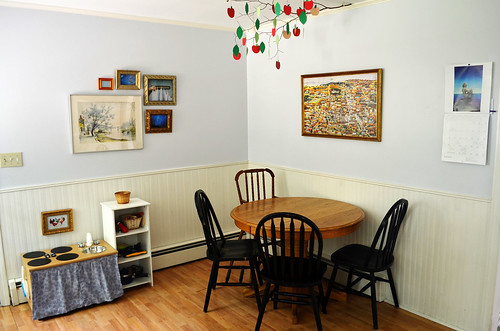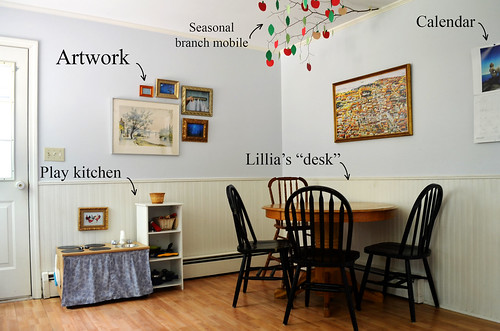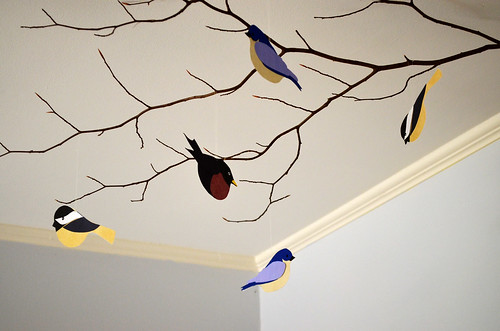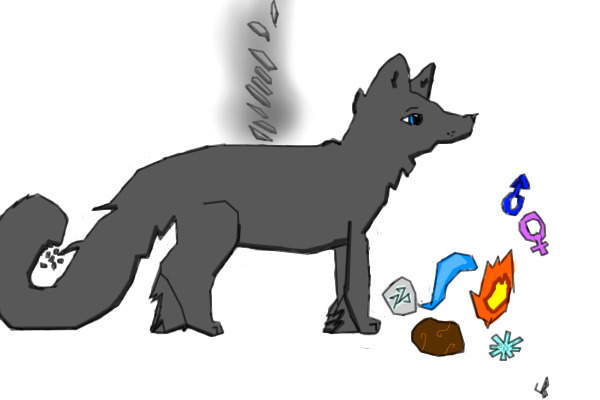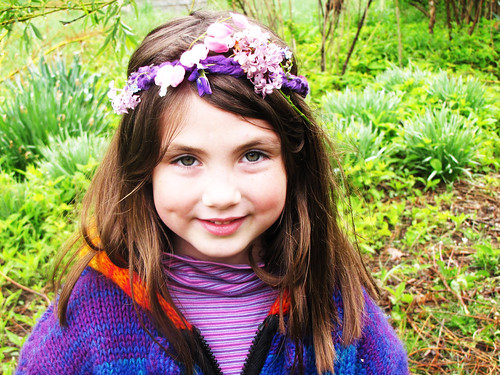From Towards a Philosophy of Education, by Charlotte Mason:
When we say that “education is an atmosphere,” we do not mean that a child should be isolated in what may be called a ‘child-environment’ especially adapted and prepared, but that we should take into account the educational value of his natural home atmosphere, both as regards persons and things, and should let him live freely among his proper conditions.
With that quote in mind, and the beginning of a new school year fast approaching, I thought it might be fun to show you our home learning environment.
Our homeschool “classroom” is actually our kitchen (and often our living room, too). This setup works great for us because Lillia can do schoolwork at the table while Zane can engage in pretend play with his “kitchen,” or play with playdough, or eat a snack, or do some painting…it’s nice to have everything all in one place.
We made the tree branch mobile last year and we change it with the seasons. Right now we have apples hanging from our “tree” but soon we will have brilliant fall leaves — it brings nature indoors for the kids, and gives us lots of opportunities for seasonal crafts.
Zane loves to help make the paper decorations and often comments on them for several days after they are changed.
Here is the same branch mobile at the beginning of April — no leaves yet, but lots of early spring birds.
So, there you have it! The humble “classroom” where much of this coming year’s growth and learning will take place. Do you have a special room designated for homeschooling, or do your rooms serve multiple purposes (like ours)? I’m always interested in seeing the “where” of other family’s homeschooling experiences.

